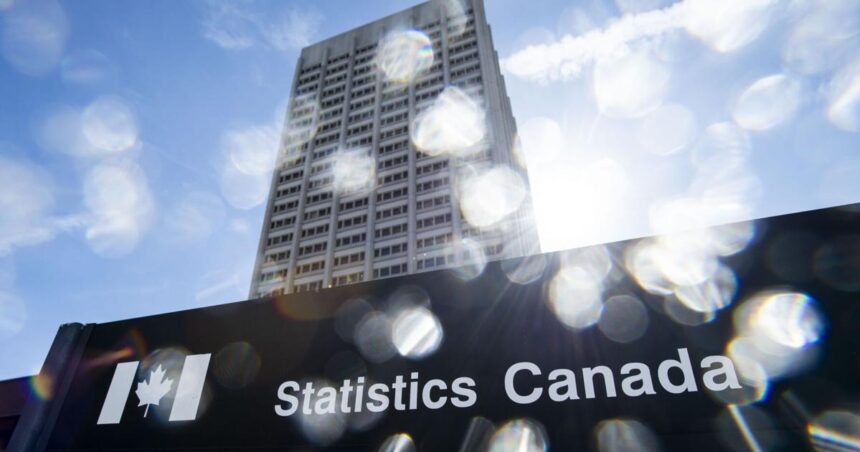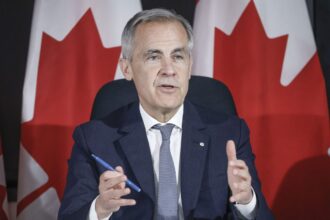Canada Inflation Rate May 2024 Holds Steady at 1.7%
Canadian inflation remained unchanged in May, marking a critical milestone in the country’s economic recovery as consumers continue to navigate post-pandemic market conditions.
Statistics Canada reported Wednesday that the annual inflation rate held steady at 1.7% last month, matching April’s figure and falling well below the Bank of Canada’s 2% target. This represents the third consecutive month of sub-2% inflation, reinforcing the central bank’s recent decision to cut its benchmark interest rate.
“We’re seeing evidence that monetary policy is working as intended,” said Desjardins economist Royce Mendes. “The inflation pressure valve has been slowly releasing, giving Canadian households some much-needed breathing room after years of financial strain.”
The data revealed significant price variations across essential sectors. Grocery prices increased by 1.5% compared to last year, while shelter costs rose 5.1% year-over-year—still elevated but showing modest improvement from recent peaks. The transportation index declined by 1.8%, primarily due to lower gasoline prices, which fell 7.3% compared to May 2023.
Regional differences remained pronounced. Quebec experienced the lowest provincial inflation rate at 1.3%, while Alberta faced the highest at 2.3%. British Columbia, home to some of Canada’s most expensive housing markets, registered a 2.1% increase.
Financial markets reacted positively to the report, with the Canadian dollar strengthening slightly against its U.S. counterpart. Economists at major banks now predict the Bank of Canada will implement additional rate cuts in the coming months, potentially accelerating its easing cycle.
“The inflation battle isn’t completely won, but we’re clearly in a different phase now,” noted TD Bank economist Leslie Preston. “The challenge for policymakers is balancing continued disinflation with economic growth concerns, particularly as consumer spending shows signs of weakening.”
Core inflation measures, which exclude volatile components like food and energy, averaged 2.3% in May—still above target but showing a gradual downward trend. This metric remains closely watched by the Bank of Canada as it navigates its interest rate strategy.
For everyday Canadians, the inflation report represents cautious optimism. After enduring inflation that peaked at 8.1% in June 2022, consumers are seeing meaningful relief at checkout counters and gas pumps. However, housing affordability continues to be a significant challenge, with rent and mortgage costs remaining stubbornly high.
“We’re at an interesting economic crossroads,” said BMO chief economist Douglas Porter. “Inflation is moderating, but the question remains whether we can achieve sustainable growth without reigniting price pressures.”
As Canada heads into summer, all eyes will be on June’s inflation report and the Bank of Canada’s July meeting for further signals about the economy’s direction and the pace of future rate cuts.
Will this period of price stability last, or are we merely experiencing the calm before another economic storm? For now, Canadians can take modest comfort in knowing that after years of financial pressure, the inflation tide appears to be receding.
For more economic analysis and financial updates, visit CO24 Business.























